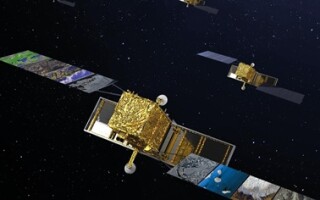Design for additive manufacturing contract for space parts awarded to Siemens and Sonaca by ESA
NewsJune 21, 2019

LI?GE, Belgium. The European Space Agency (ESA) has selected Siemens Digital Industries Software and project partner Sonaca Group to develop aerospace design applications for metal additive manufacturing (also known as 3-D printing) for parts to be used in space applications.
The two-year long project -- dubbed Design4AM -- is based on collaboration between Siemens and Sonaca, with financial support from ESA and the Belgian Federal Science Policy Office (Belspo).
The aim of the Design4AM project is a validated process that will use the Siemens additive manufacturing software to design and produce optimized, lightweight structural parts for space applications, including fittings, supports, and bipods.
Pedro Romero Fernandez, Sonaca General Manager Space Business Unit, says of the collaboration: "With our deep aerospace knowledge and Siemens' software technologies such as generative design, automated topology optimization, and additive manufacturing process simulation, engineers will be able to explore hundreds of design options in a fraction of the normal time, then virtually test them against a variety of physical conditions to arrive at the best design solution for their performance requirements that 3-D print correctly the first time."
Additive manufacturing is considered to be an important tool for the space industry, say documents from Siemens, because it can meet structural and multidisciplinary requirements for space applications at a much lower weight than conventional space structures made using traditional manufacturing methods; additive or 3-D manufacturing can be used to subtract weight from nearly any kind of complex space structure, whether launchers, propulsion, satellites, and various spacecraft components.







